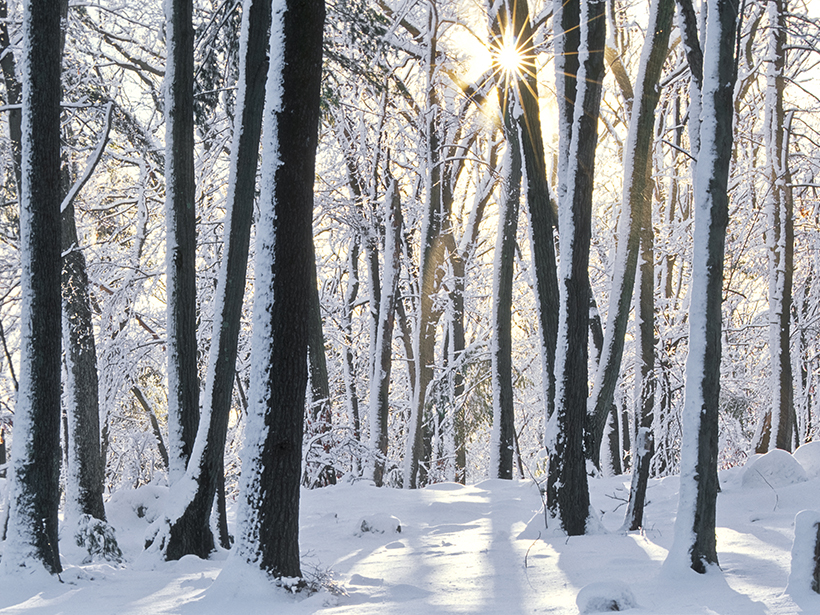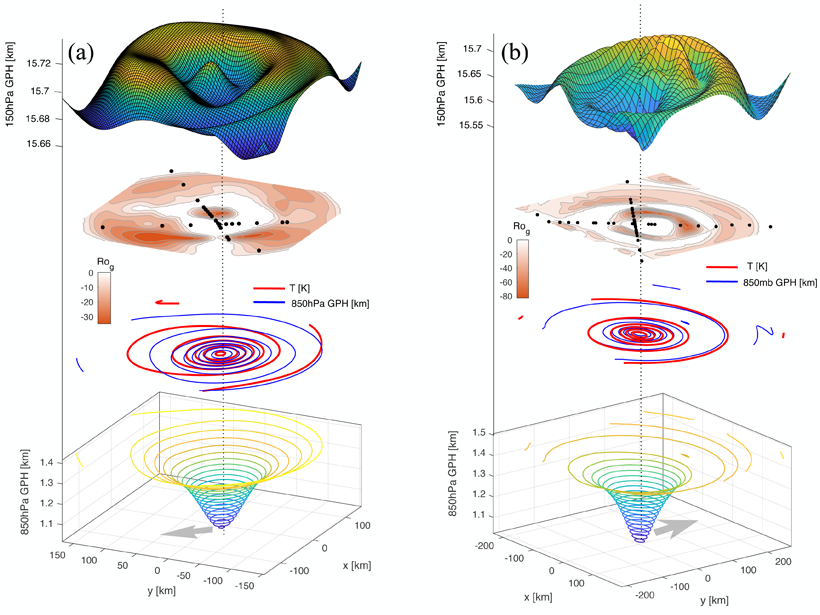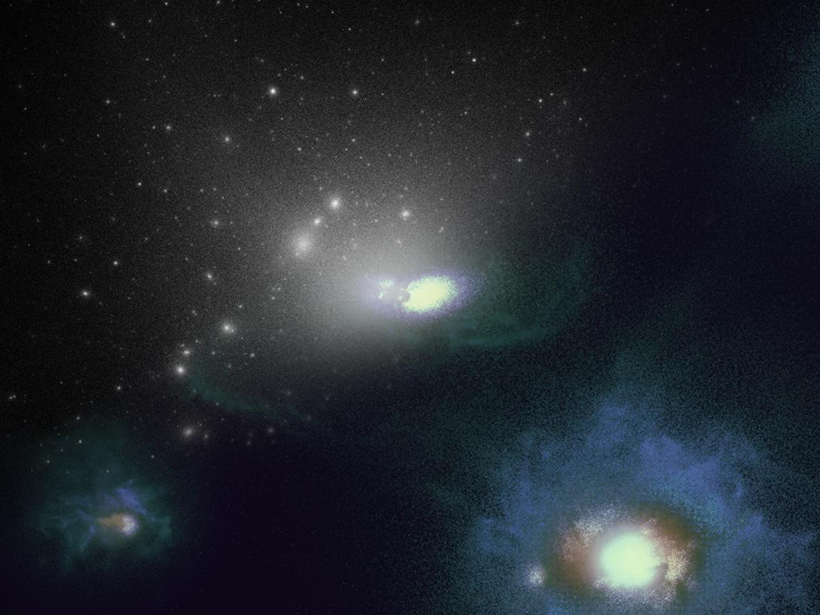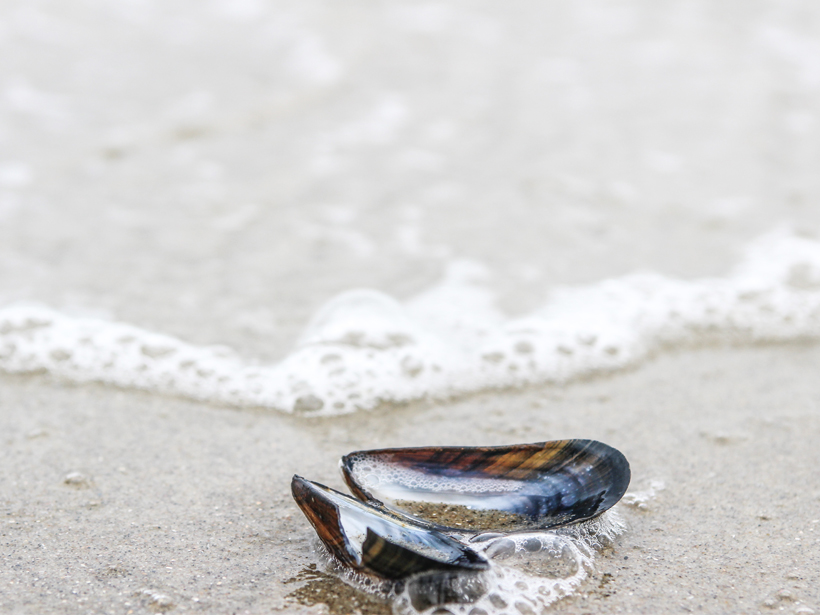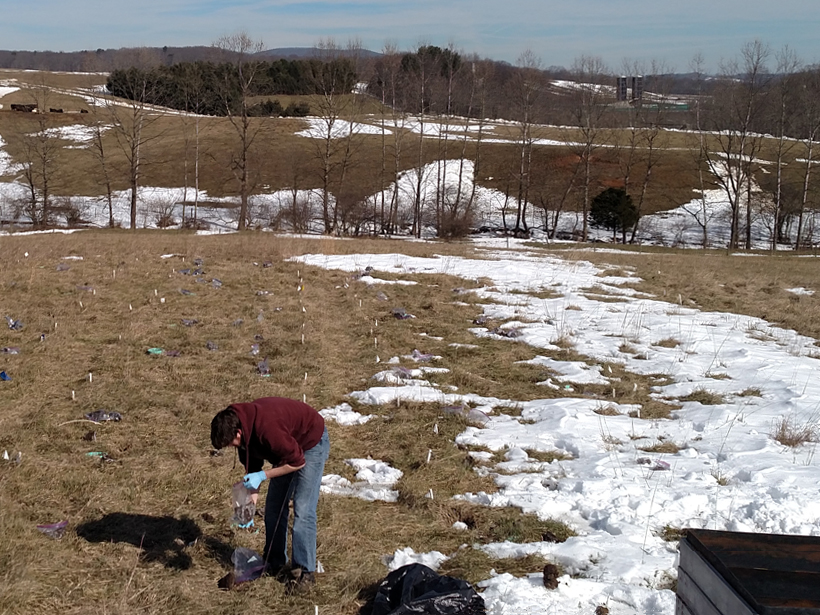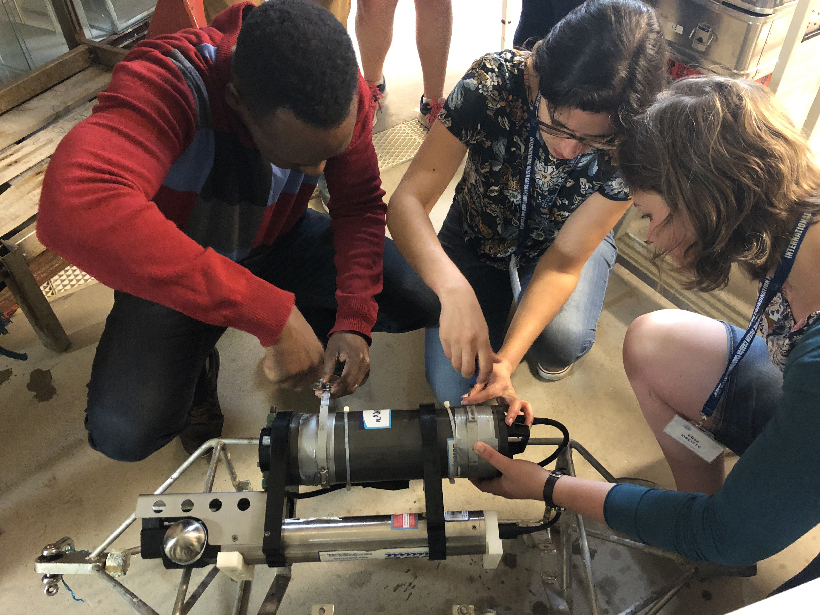As extreme cold days wane, the northeastern United States has experienced an increase in mud days.
CC BY-NC-ND 2019
Examining the Structure of Tropical Cyclones’ Upper Levels
Unique observations used to examine the structure and mass balance of hurricanes’ top levels find that regions of high pressure violate the gradient wind balance.
Wanted for Grand Theft Galaxy: The Milky Way
Several dwarf galaxies orbiting the Milky Way were likely stolen from the Large Magellanic Cloud.
Shells Sound Out Sand’s Acoustic Signatures
Shell remains give sand from different locations unique acoustic signatures.
Eight Lessons I Learned Leading a Scientific “Design Sprint”
Applying the fast-paced technique, pioneered by Google to spur rapid innovation, to space science yielded unexpected benefits and may be a model for collaborations across many scientific disciplines.
Manure Happens: The Environmental Toll of Livestock Antibiotics
New findings suggest antibiotics in cow manure can alter soil microbial activity, with implications for soil fertility and carbon emissions.
Nicholas Constantinos Matalas (1930–2019)
A modest giant in the field of stochastic hydrology.
Road Dust: A Health Hazard Hidden in Plain Sight
Legacy heavy metals from past industrial activity combine with traffic paint; asphalt; and bits of tires, brakes, and car parts to create toxic dust on our roadways.
Training the Next Generation of Marine Biogeochemists
Early-career scientists came together recently to learn to use a suite of ocean biogeochemical sensors, with the goal of closing the knowledge gap between ocean technology and potential end users.
Asbestos Fibers Thread Through Rocks and Dust Outside Vegas
Scientists found natural asbestos minerals in one of the fastest-growing counties in the United States. The health implications aren’t clear, nor are the impacts on development.

